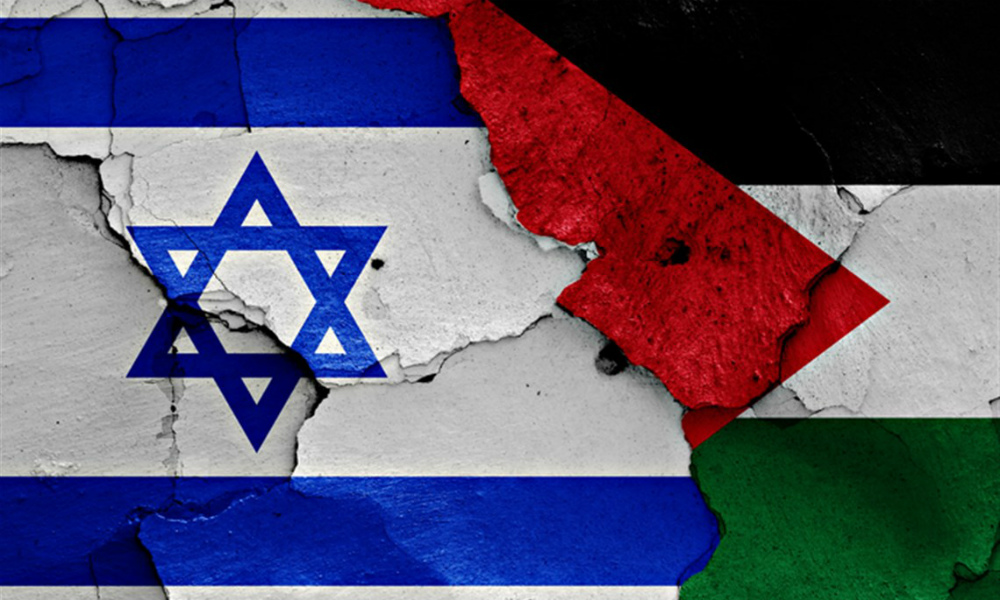This past week as well acts of violence from the Gaza Strip continued: balloon clusters were launched into Israeli territory (some of which landed in the central Negev, far from the Gaza Strip); a rocket was launched into Israeli territory (a continuation of the sporadic rocket fire since the escalation in November 2019); and a hand grenade or IED was thrown at an IDF force by three young Gazans who had infiltrated into Israeli territory from the southern Gaza Strip. In ITIC assessment the increased terrorist activity against Israel from the Gaza Strip is either directed or enabled by Hamas as part of its policy to exert controlled pressure on Israel.
The Palestinians rushed to reject Trump’s “deal of the century” plan even before its details were formally made public. According to reports from the Palestinian Authority (PA), Mahmoud Abbas refused to conduct a phone conversation with Trump to talk about the plan. The PA is planning protests and Mahmoud Abbas called for an escalation of the PA-supported “popular resistance” [i.e., popular terrorism].
The Palestinian media reported a series of planned protest activities in Judea, Samaria and the Gaza Strip. The main activity will be held in the northern Jordan Valley on January 29, 2020. In addition, in the coming days “marches of rage” and “days of rage” will be held in Judea, Samaria and the Gaza Strip. Friday, January 31, 2020, has been declared a “mass day of rage” during which crowds will gather at al-Aqsa mosque, the Cave of the Patriarchs in Hebron, and in churches and mosques.
In ITIC assessment, the focus on Trump’s plan has created an atmosphere of violence on the Palestinian street. In the immediate future it is liable to cause friction with IDF soldiers and with Israelis living in the communities in Judea and Samaria, as well as riots and public disturbances in “sensitive locations,” such as the Temple Mount and the Cave of the Patriarchs.









